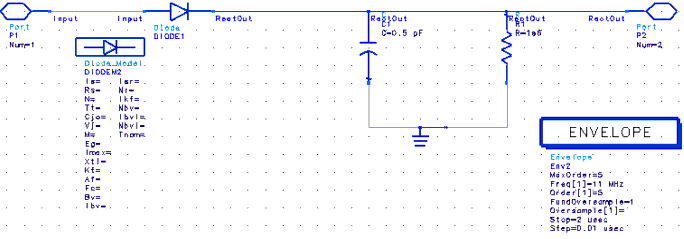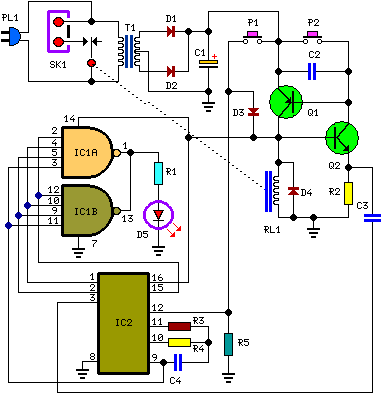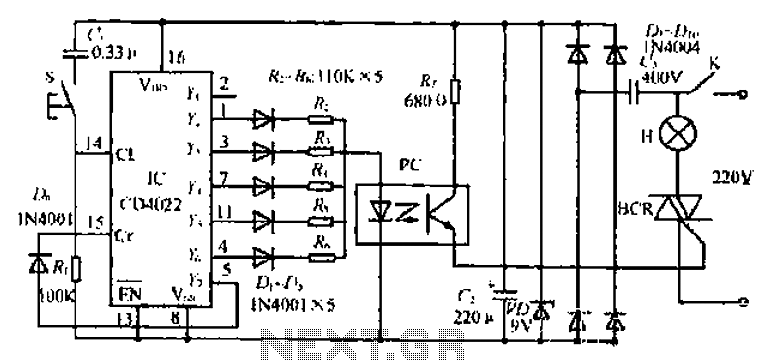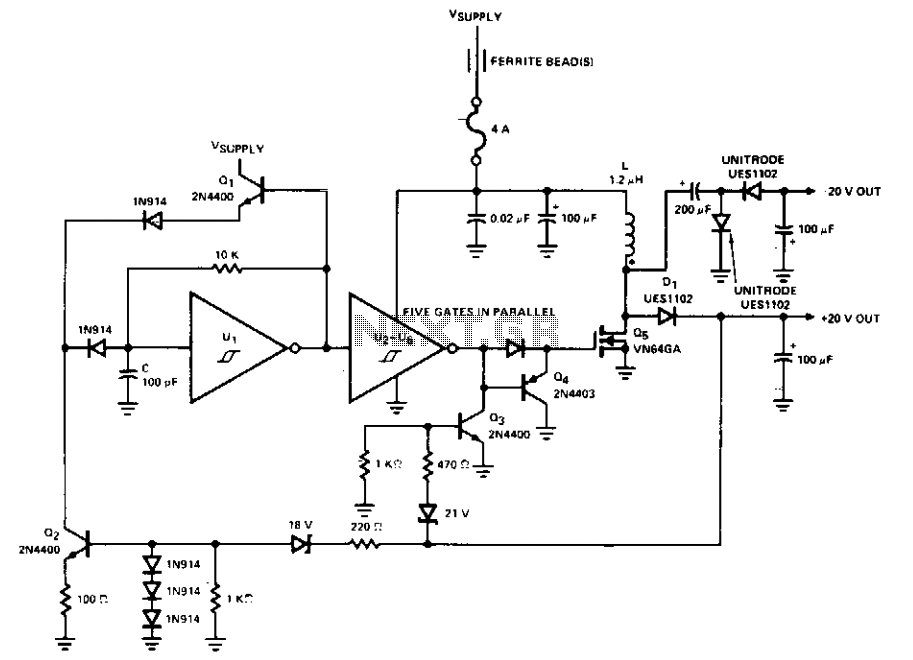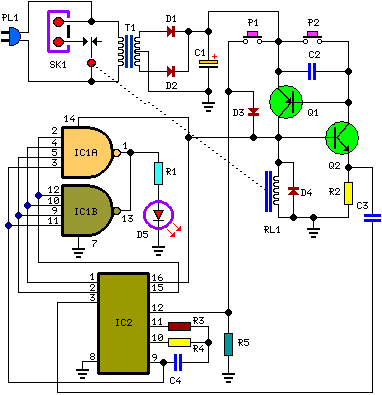
Positioning Systems for Bed Profiling in Hydraulics Physical Models

Typical solutions for the vertical movement of probes in bed profiling devices include guide wheels, dumpers, brakes, and vibration suppressors (not shown). A complete mechanism for vertical motion of a bed profiler is illustrated, featuring an electric motor, a potentiometer, and a pressing leaf spring mounted on the back face. The guide wheels are not depicted. Additionally, a root locus sketch of the closed-loop system is provided, showing a general plan and an enlarged view near the origin that illustrates the effects of varying the controller pole from lag-lead to PI. Furthermore, a graphic representation of data acquired for the entire flume length is included, along with an enlarged view of the profiles in the region of interest and a photo taken through the last sections of the transparent acrylic wall of the flume. Physical hydraulic models are often employed to investigate complex flow issues in coastal engineering, estuaries, rivers, reservoirs, and hydraulic structures. Various devices for recording bed profiles in flumes and hydraulic basins with different bottom materials (such as sand and plastic) have been developed by institutions like the Laboratório Nacional de Engenharia Civil (LNEC) and others, primarily utilizing servo-controlled positioning systems. A typical apparatus for this purpose consists of a vertically controlled device driven by a small electric motor, which actuates a rod depicted in the illustration. At the rod's lower end, a probe serves as the bottom sensor for tracking the rod's position underwater, closely monitoring the sediment bed. Given that sediments such as sand or mud are fragile, contactless detection is crucial to prevent damage from the sensing probe. The vertical displacement of the moving elements above water is converted into an electric signal that represents depth. Longitudinal profile recording is achieved through the horizontal motion of the vertical servo-controlled device, which is usually mounted on a carriage or chariot with rail or beam guidance. This horizontal movement can be motorized or manual. A significant challenge in this application is the ability to accurately detect the bottom of a hydraulic flume or basin without making contact, ensuring effective tracking to avoid penetrating and damaging the bed material. This issue can be addressed by appropriately designing multi-electrode conductivity probes while compensating for disturbance effects. Factors such as rough bed surfaces, variable granular sediments, changes in water conductivity due to temperature and salinity, and electromagnetic interference can significantly impact sensing and servo-control performance. The following sections will discuss various problems and solutions related to sediment bed profile tracking in hydraulic laboratory studies. An overview of solutions for vertical and horizontal motion control will be presented, focusing on both mechanical and electrical drive subsystems. Experimental results from a specific hydraulic study will be shown, with particular emphasis on phenomena and details critical for achieving high-quality implementations. The described method is based on a servo-controlled vertical rod equipped with a tip probe to detect the bottom through rapid electric conductivity variation. This transduction method is utilized by several institutions and is noted for its high accuracy (within tenths of a millimeter) and good spatial resolution.
The described system operates through a combination of mechanical and electrical components that work in unison to achieve precise bed profiling. The electric motor serves as the primary actuator, providing the necessary force to drive the vertical rod. The potentiometer is integral for feedback control, allowing for real-time adjustments to the position of the probe based on the detected depth. The pressing leaf spring ensures that the probe maintains a consistent pressure against the sediment surface, facilitating accurate readings without causing damage.
The mechanics of the horizontal motion are facilitated by a carriage system, which can be designed to move along a rail or beam. This setup is critical for longitudinal profiling, allowing the probe to traverse the flume's length and capture data across various sediment types. The servo-controlled system enhances the precision of the probe's positioning, enabling it to adapt to fluctuations in sediment topography.
To enhance the performance of the conductivity probes, careful design considerations must be made. Multi-electrode configurations can be employed to increase sensitivity and reduce the impact of environmental variables. Additionally, calibration procedures should be established to account for variations in water conductivity, which can affect the accuracy of depth measurements.
Overall, the integration of these components and the careful design of the system are essential for advancing the capabilities of bed profiling devices in hydraulic research, ensuring that they can produce reliable data under a range of conditions.Typical solutions for vertical movement of probe of bed profiling devices (guide wheels, dumpers, brakes, backlash and vibration suppressors not shown). Figure 7. Pictorial description of a complete mechanism for vertical motion of a bed profiler; the electric motor, the potentiometer and the pressing leaf spring are mounted on the back
face; guide wheels are not shown. Figure 12. Root locus sketch of the closed-loop system: a) general plan; b) enlarged view near the origin showing the effect of varying the controller pole P c from lag-lead to PI. Figure 15. a) Graphic view of the data acquired for whole flume length. b) Enlarged view of the profiles in the region of interest; c) Photo taken through the last sections of the transparent acrylic wall of the flume.
Physical hydraulic models are commonly used to study complex flow problems in the field of coastal engineering, estuaries, rivers, reservoirs and hydraulic structures. LaboratG³rio Nacional de Engenharia Civil (LNEC) and other hydraulics research institutions developed some kinds of devices for recording bed profiles in flumes and hydraulic basins with varying types of bottom materials (sand, plastic, among others), most of which are based on servo-controlled positioning systems ( Cardoso, 1964 ; Azevedo & Morais, 1989 ; Delft Hydraulics, 2005 ; HR Wallingford, 2006 ; Palma et al, 2008 ).
A common type of apparatus for this purpose consists of a vertical position controlled device driven by a small electric motor with a mechanical transmission actuating a rod as depicted in Fig. 1. At the lower end of the rod there is a probe which is the bottom sensor used for the tracking the rod point under water closely to the sediment bed.
Sediments like sand or mud are often very weak materials and require contactless detection in order to prevent their destruction by the sensing probe itself. The vertical displacement of the moving elements out of water is converted into an electric signal representing depth.
The longitudinal profile recording is performed by the horizontal motion of the vertical servo controlled device, usually placed in a carriage or chariot, with rail or beam guidance; the horizontal (translation) movement may be done either by motorized or manual displacement. A delicate part in this domain of application is the capability to detect very closely the bottom of a hydraulics flume or basin without effective contact and with good tracking capability, in order to avoid the penetration and destruction of the bed material.
The problem will be addressed by appropriate design of multi-electrode conductivity probes taking into account also the need for compensating disturbance effects. Rough bed surface, variable granular sediments, water conductivity variations due to temperature and salinity, and also electromagnetic interference, are among the most disturbing causes that influence the sensing and servo-control performance.
In the following sections a number of problems and solutions for sediment bed profile tracking in hydraulics laboratory studies are discussed. An overview of solutions for vertical and horizontal motion control will be presented and discussed in the following, as regards both to the mechanical and the electrical drive subsystems.
Experimental results from its application to a particular hydraulics study are shown. Particular attention is devoted to special phenomena and details that, not surprisingly, are decisive for achieving high-quality implementations. The method that will be described in detail is based on the principle of a servo controlled vertical rod having a tip probe to detect the bottom by rapid electric conductivity variation.
This method of transduction is used in several institutions (e. g. Delft Hydraulics, 2005 ; HR Wallingford, 2006 ). Its merits consist of providing high accuracy (reaching the order of tenths of a millimetre), good spatial resolution (in 🔗 External reference
The described system operates through a combination of mechanical and electrical components that work in unison to achieve precise bed profiling. The electric motor serves as the primary actuator, providing the necessary force to drive the vertical rod. The potentiometer is integral for feedback control, allowing for real-time adjustments to the position of the probe based on the detected depth. The pressing leaf spring ensures that the probe maintains a consistent pressure against the sediment surface, facilitating accurate readings without causing damage.
The mechanics of the horizontal motion are facilitated by a carriage system, which can be designed to move along a rail or beam. This setup is critical for longitudinal profiling, allowing the probe to traverse the flume's length and capture data across various sediment types. The servo-controlled system enhances the precision of the probe's positioning, enabling it to adapt to fluctuations in sediment topography.
To enhance the performance of the conductivity probes, careful design considerations must be made. Multi-electrode configurations can be employed to increase sensitivity and reduce the impact of environmental variables. Additionally, calibration procedures should be established to account for variations in water conductivity, which can affect the accuracy of depth measurements.
Overall, the integration of these components and the careful design of the system are essential for advancing the capabilities of bed profiling devices in hydraulic research, ensuring that they can produce reliable data under a range of conditions.Typical solutions for vertical movement of probe of bed profiling devices (guide wheels, dumpers, brakes, backlash and vibration suppressors not shown). Figure 7. Pictorial description of a complete mechanism for vertical motion of a bed profiler; the electric motor, the potentiometer and the pressing leaf spring are mounted on the back
face; guide wheels are not shown. Figure 12. Root locus sketch of the closed-loop system: a) general plan; b) enlarged view near the origin showing the effect of varying the controller pole P c from lag-lead to PI. Figure 15. a) Graphic view of the data acquired for whole flume length. b) Enlarged view of the profiles in the region of interest; c) Photo taken through the last sections of the transparent acrylic wall of the flume.
Physical hydraulic models are commonly used to study complex flow problems in the field of coastal engineering, estuaries, rivers, reservoirs and hydraulic structures. LaboratG³rio Nacional de Engenharia Civil (LNEC) and other hydraulics research institutions developed some kinds of devices for recording bed profiles in flumes and hydraulic basins with varying types of bottom materials (sand, plastic, among others), most of which are based on servo-controlled positioning systems ( Cardoso, 1964 ; Azevedo & Morais, 1989 ; Delft Hydraulics, 2005 ; HR Wallingford, 2006 ; Palma et al, 2008 ).
A common type of apparatus for this purpose consists of a vertical position controlled device driven by a small electric motor with a mechanical transmission actuating a rod as depicted in Fig. 1. At the lower end of the rod there is a probe which is the bottom sensor used for the tracking the rod point under water closely to the sediment bed.
Sediments like sand or mud are often very weak materials and require contactless detection in order to prevent their destruction by the sensing probe itself. The vertical displacement of the moving elements out of water is converted into an electric signal representing depth.
The longitudinal profile recording is performed by the horizontal motion of the vertical servo controlled device, usually placed in a carriage or chariot, with rail or beam guidance; the horizontal (translation) movement may be done either by motorized or manual displacement. A delicate part in this domain of application is the capability to detect very closely the bottom of a hydraulics flume or basin without effective contact and with good tracking capability, in order to avoid the penetration and destruction of the bed material.
The problem will be addressed by appropriate design of multi-electrode conductivity probes taking into account also the need for compensating disturbance effects. Rough bed surface, variable granular sediments, water conductivity variations due to temperature and salinity, and also electromagnetic interference, are among the most disturbing causes that influence the sensing and servo-control performance.
In the following sections a number of problems and solutions for sediment bed profile tracking in hydraulics laboratory studies are discussed. An overview of solutions for vertical and horizontal motion control will be presented and discussed in the following, as regards both to the mechanical and the electrical drive subsystems.
Experimental results from its application to a particular hydraulics study are shown. Particular attention is devoted to special phenomena and details that, not surprisingly, are decisive for achieving high-quality implementations. The method that will be described in detail is based on the principle of a servo controlled vertical rod having a tip probe to detect the bottom by rapid electric conductivity variation.
This method of transduction is used in several institutions (e. g. Delft Hydraulics, 2005 ; HR Wallingford, 2006 ). Its merits consist of providing high accuracy (reaching the order of tenths of a millimetre), good spatial resolution (in 🔗 External reference
